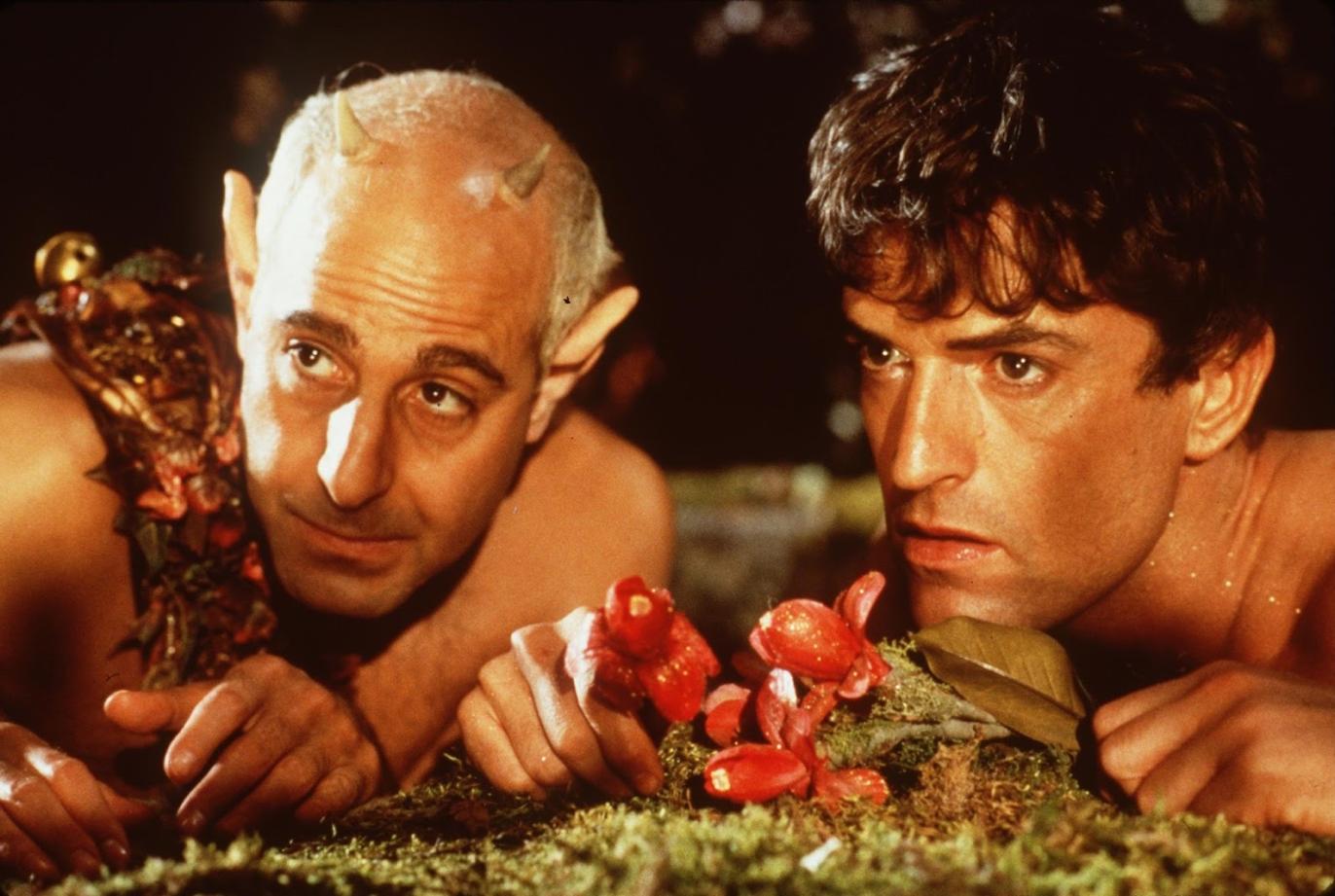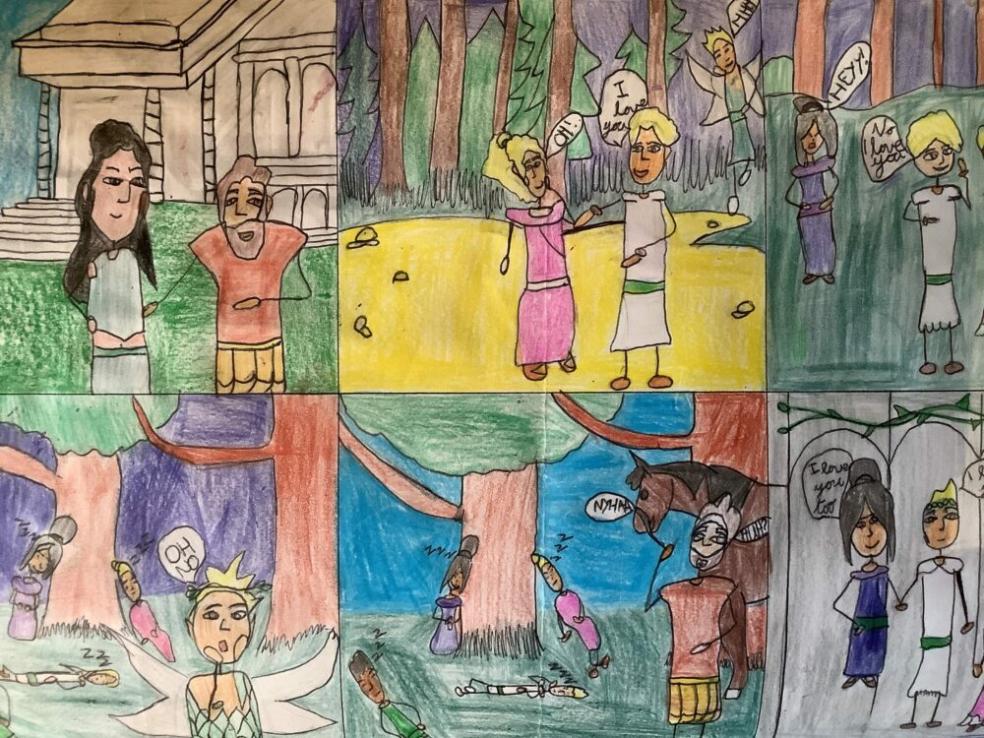How Does Shakespeare Use Characters to Explore the Complexities of Human Nature in A Midsummer Night's Dream?
A Midsummer Night's Dream, one of William Shakespeare's most beloved comedies, delves into the complexities of human nature through its enchanting characters and their interactions. Shakespeare masterfully employs these characters to explore themes of love, desire, jealousy, folly, and transformation, providing insights into the universal human experience.

I. The Four Lovers
The Dynamics Of Love And Desire
The play centers around four young lovers: Demetrius, Helena, Hermia, and Lysander. Their relationships and interactions highlight the complexities of love and desire. Demetrius is initially infatuated with Hermia, but a love potion causes him to fall in love with Helena instead. This sudden shift in affections showcases the irrational and unpredictable nature of desire.
- The love potion intensifies and distorts the emotions of the lovers, leading to confusion and chaos.
- The play explores the idea of love as a transformative force that can both empower and torment individuals.
II. Oberon And Titania
Power Struggles And Jealousy
The relationship between Oberon and Titania, the King and Queen of the Fairies, reflects the power struggles and jealousy that can exist within relationships. Oberon's desire to possess the changeling boy leads to a conflict with Titania, resulting in a magical battle between the two.
- Their conflict highlights the destructive nature of jealousy and the lengths to which individuals may go to assert their power.
- The resolution of their conflict through compromise and reconciliation emphasizes the importance of forgiveness and understanding in relationships.
III. Bottom And The Mechanicals
The Absurdity And Folly Of Human Nature
The character of Bottom, the weaver, serves as a comic figure who embodies the absurdity and folly of human nature. His transformation into an ass after being anointed with a magical flower reveals the potential for transformation within individuals, both positive and negative.
- Bottom's interactions with the fairies highlight the contrast between the rational and irrational aspects of human nature.
- The Mechanicals, with their bumbling attempts to stage a play, provide comic relief while also commenting on the pretensions and follies of human society.
IV. Puck And The Fairies
The Role Of Magic And Mischief

Puck, the mischievous fairy, serves as a catalyst for much of the play's action. His actions, often driven by a desire to cause chaos and confusion, contribute to the play's themes of transformation and the irrationality of love.
- Puck's interactions with the other characters reveal the unpredictable and sometimes dangerous nature of magic.
- The fairies' presence creates a magical and dreamlike atmosphere, blurring the lines between reality and illusion.
V. Conclusion
In A Midsummer Night's Dream, Shakespeare uses characters to explore the complexities of human nature, delving into themes of love, desire, jealousy, folly, and transformation. Through the interactions of the four lovers, Oberon and Titania, Bottom and the Mechanicals, and Puck and the fairies, the play provides insights into the irrationality and unpredictability of human emotions and behaviors.
A Midsummer Night's Dream remains relevant and insightful centuries after its creation, as it continues to resonate with audiences through its exploration of universal human experiences and emotions.
YesNo

Leave a Reply